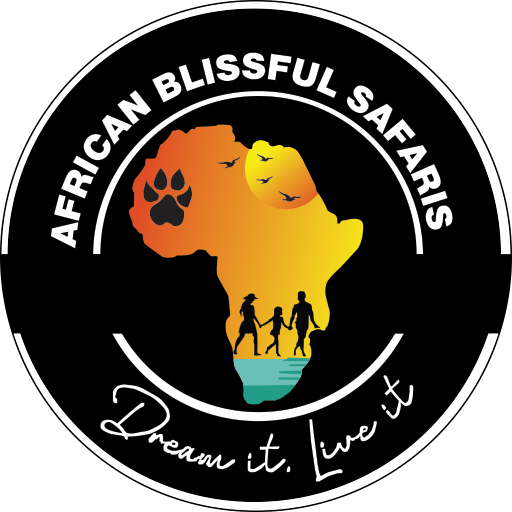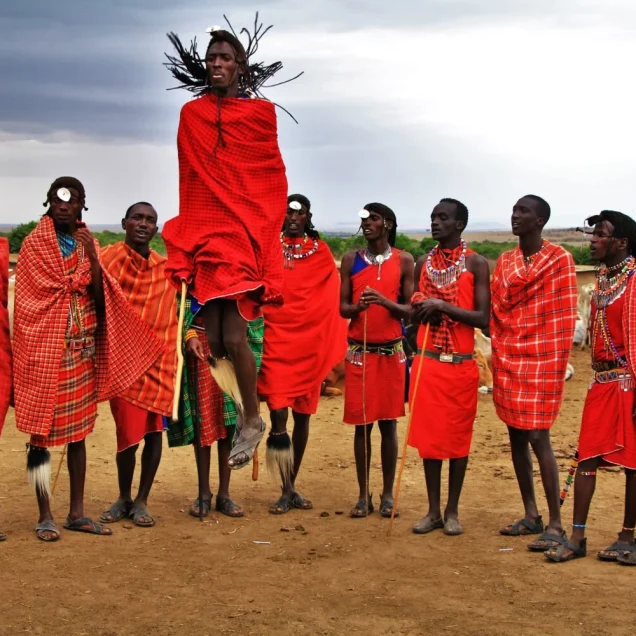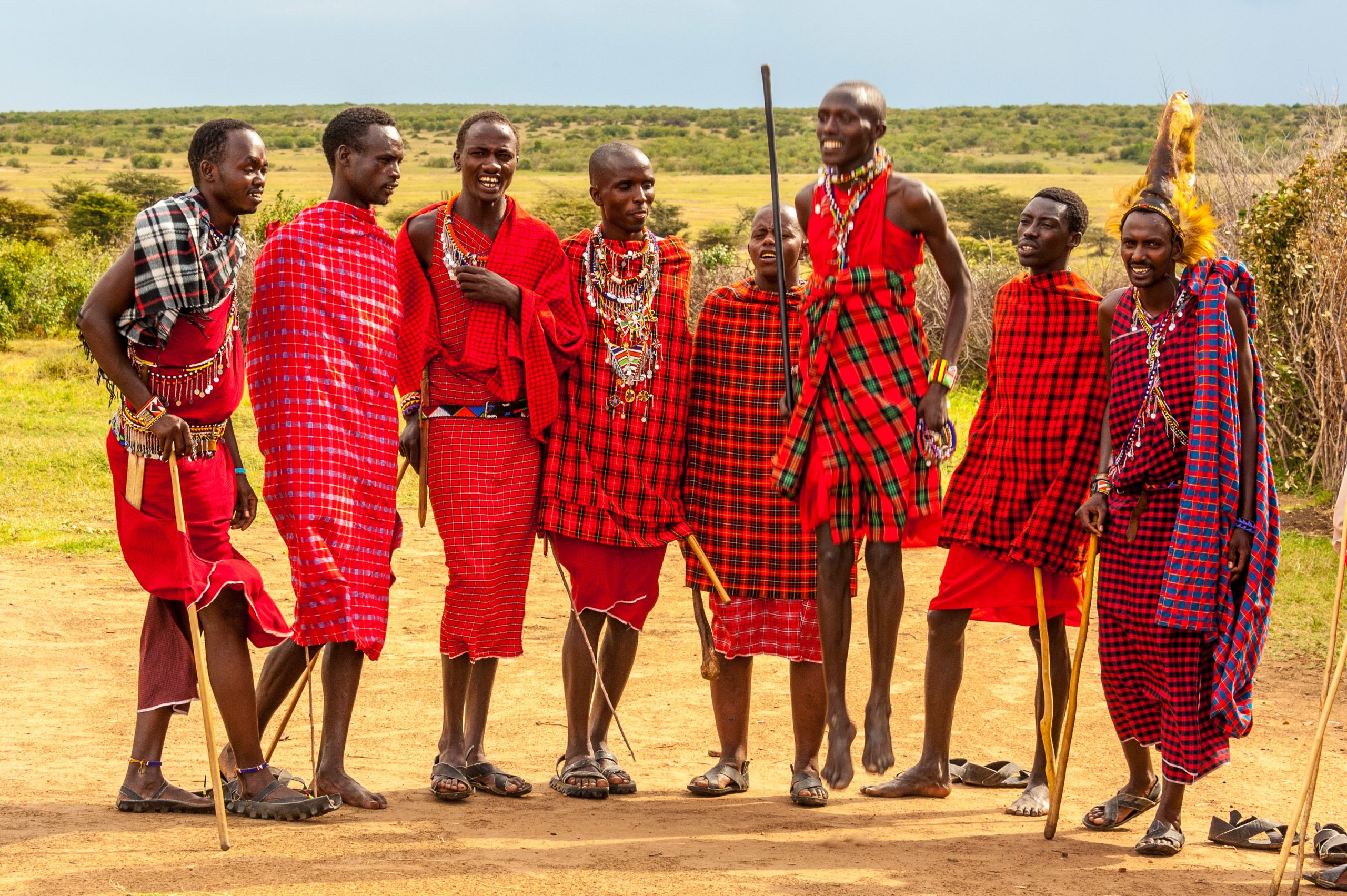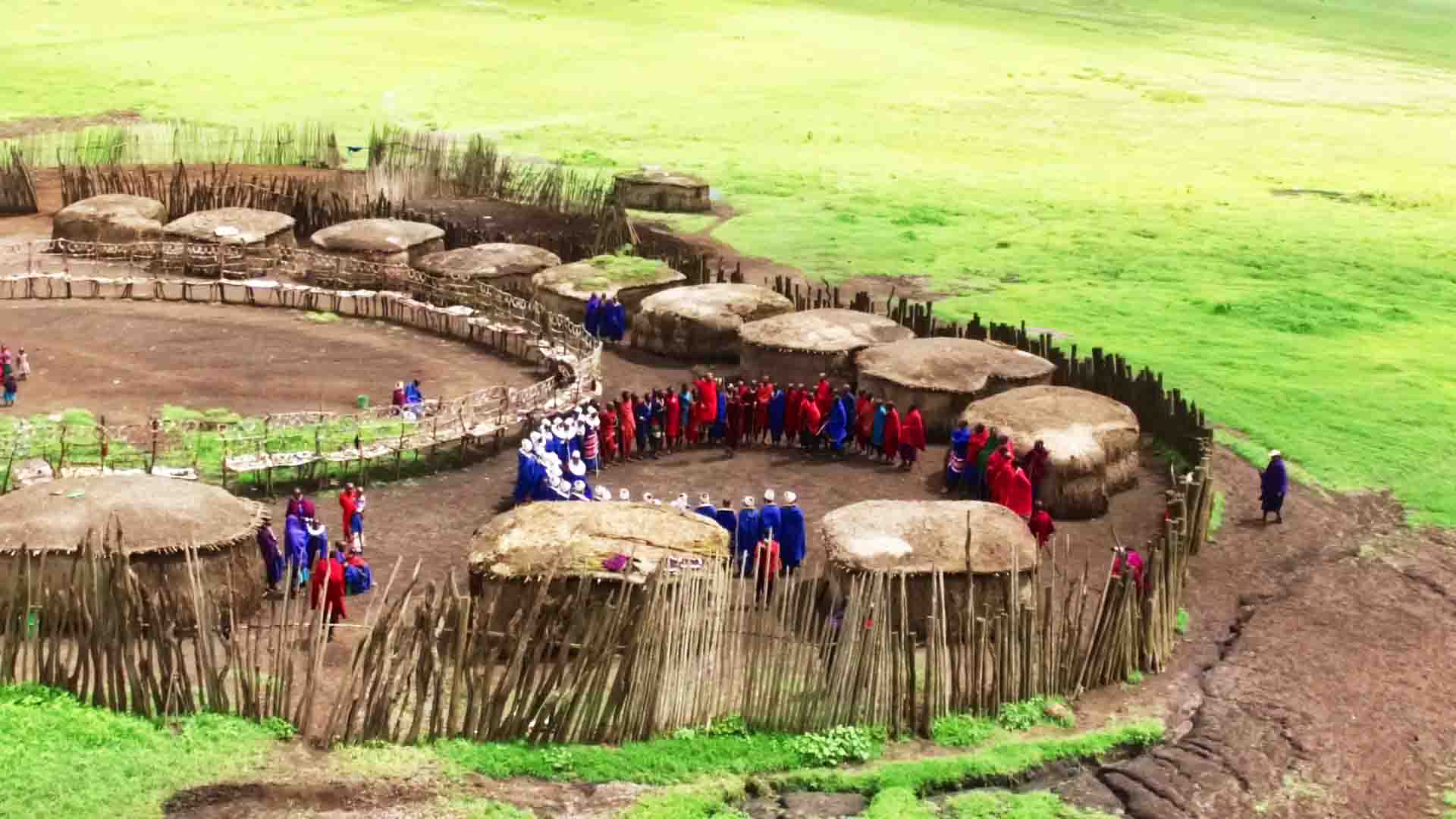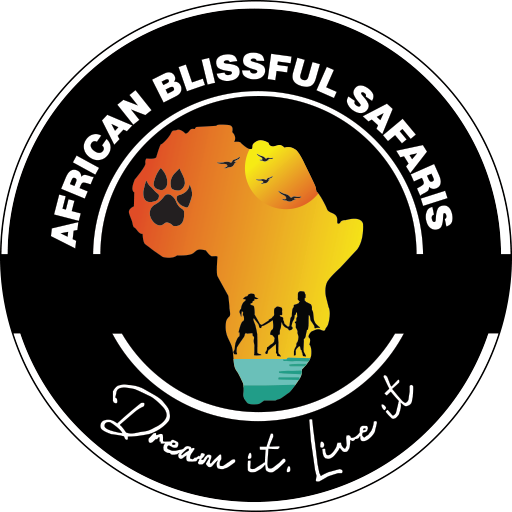

Maasai Tribe
The Maasai are a Nilotic ethnic group inhabiting northern, central and southern Kenya and northern Tanzania. They are among the best known local populations internationally due to their residence near the many game parks of the African Great Lakes, and their distinctive customs and dress.Maasai are pastoralists, and are famous for their fearsome reputations as warriors and cattle-rustlers. A Maasai myth says that God afforded them all the cattle on earth, resulting in the belief that rustling from other tribes is a matter of claiming what is rightfully theirs, a practice that has now become much less common. A man’s wealth is measured in cattle and children. A herd of 50 cattle is respectable, and the more children the better. A man who has plenty of one but not the other is considered to be poor.
All of the Maasai’s needs for food are met by their cattle. They eat meat, drink milk daily, and drink blood on occasion. One common misconception about the Maasai is that each young man is supposed to kill a lion before he can be circumcised and enter adulthood. Lion hunting was an activity of the past, but it has been banned in East Africa.
Maasai Shelter
The Maasai tribe, historically a nomadic people, have traditionally relied on readily available materials and indigenous technology to construct their unusual and interesting housing. The traditional Maasai house was designed for people on the move and thus their houses were very impermanent in nature. The houses are either circular or loaf-shaped, and are made by women. Their villages are enveloped in a circular Enkang (fence) built by the men and this protects their cattle at night from wild animals.
Maasai Music & Dance
The Maasai people don’t use instruments when they are singing or dancing. All of their music is vocal, except for the large horns used for certain songs. Their music comprises rhythms rendered by a chorus of vocalists singing harmonies, all the while the olaranyani (song leader) sings the melody. When olaranyani starts singing a line or title (namba) of a song, the group responds with one unanimous call in acknowledgment. The beads that both the men and women wear also create a jingling sound themselves while the Masai jump and dance. Women recite lullabies, hum songs and sing music that praises their sons.
The peak season for singing and dancing is during the rains, which is of course a favourable time to celebrate important passages of life such as circumcision and marriage. This mostly occurs around the manyattas, and involves flirting.
Maasai Religion
The Maasai people are monotheistic, and their God is named Engai or Enkai, a God who is mostly benevolent and who manifests himself in the form of different colours, according to the feelings he is experiencing. Said colours have precise meanings: black and dark blue mean that the God is well-disposed towards men; red, on the other hand, is identified with God’s irritation.
Enkai has two manifestations:
Enkai-Narok, the Black God, good and beloved, brings grass and prosperity. He is found in thunder and rain.
Enkai-na-Nyokie, the Red God, vengeful, brings famine and hunger. He is found in lightning and is identified with the dry season.
The importance of cattle to the Maasai can be traced back to their religion and to Enkai.
